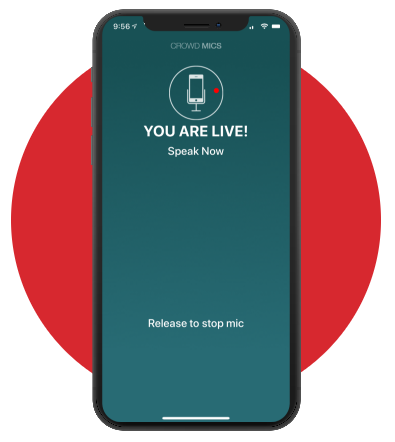Let’s face it, standing in front of an audience and having everyone’s eyes and ears focused on you when delivering a presentation can be a very intimidating experience. Whether it’s presenting to strangers or the colleagues you sit next to every day, being a presenter is challenging.
From an audience’s point of view, we’ve all been through our share of cringe-worthy and yawn-inducing presentations; like when the presenter drones on and on about a boring topic, possibly while using an unnecessarily long PowerPoint deck.
After all, capturing and maintaining the audience’s attention is the whole point of presenting your content in a live setting — otherwise a mass email would suffice. So, here are five actionable tips you can use to deliver a presentation that effectively communicates your message(s) without letting nerves get in the way.
Connect with your audience
The most important factor when preparing your presentation is to thoroughly understand your audience. Who are they? What are their motives for taking time from their busy schedules to participate?
Start by figuring out who your audience is. What is their level of expertise regarding the presentation’s key topic? What is their level of interest in that topic? Having such knowledge about your audience allows you to narrow the scope of your presentation and help you maintain focus on the most pertinent points.
Make it a conversation
When preparing your content, think of it as a conversation rather than a presentation. This is a quick and easy way to remember these are people who’ve chosen to listen and learn from you. By breaking up your presentation with scheduled interactions, in which the audience engages with you and has the opportunity to ask questions, you make your presentation worth their time.

Know your surroundings
It’s important to know as much as possible about the environment in which you’ll be presenting:
- How much space will you have to walk around?
- What is the audience’s seating arrangement?
- How far away are they?
- Will your presentation be displayed on a big screen behind you, or on smaller displays throughout the venue?
- Will you have a monitor or a laptop you can refer to in the middle of your presentation?
- Will you have a remote control to move through your slides?
Tell a story
The best presentations are the ones that convey key messages in narrative fashion, through anecdotes with which the audience can relate, or even simple jokes. Since the beginning of civilization humans have been story tellers. So, connect with your audience, show your personality and allow your passion and enthusiasm for the subject to shine through.
Design a great slide deck
It’s easy to forget that a slide deck is a presentation’s foundation, not the star of the show. So, avoid overloading your slide deck with text and complicated diagrams that detract from you, the presenter. Remember, the slide deck should be a visual aid to help you tell your story more clearly.
The best presentations have a super simple slide deck. A good rule of thumb is to use a large font size, such as 30pt. This will force you to keep the messages in your presentation short and concise. Another advantage of having minimalistic slides is that it gives you, the presenter, the flexibility to improvise or adjust your messages depending on how the audience is responding during your delivery.
